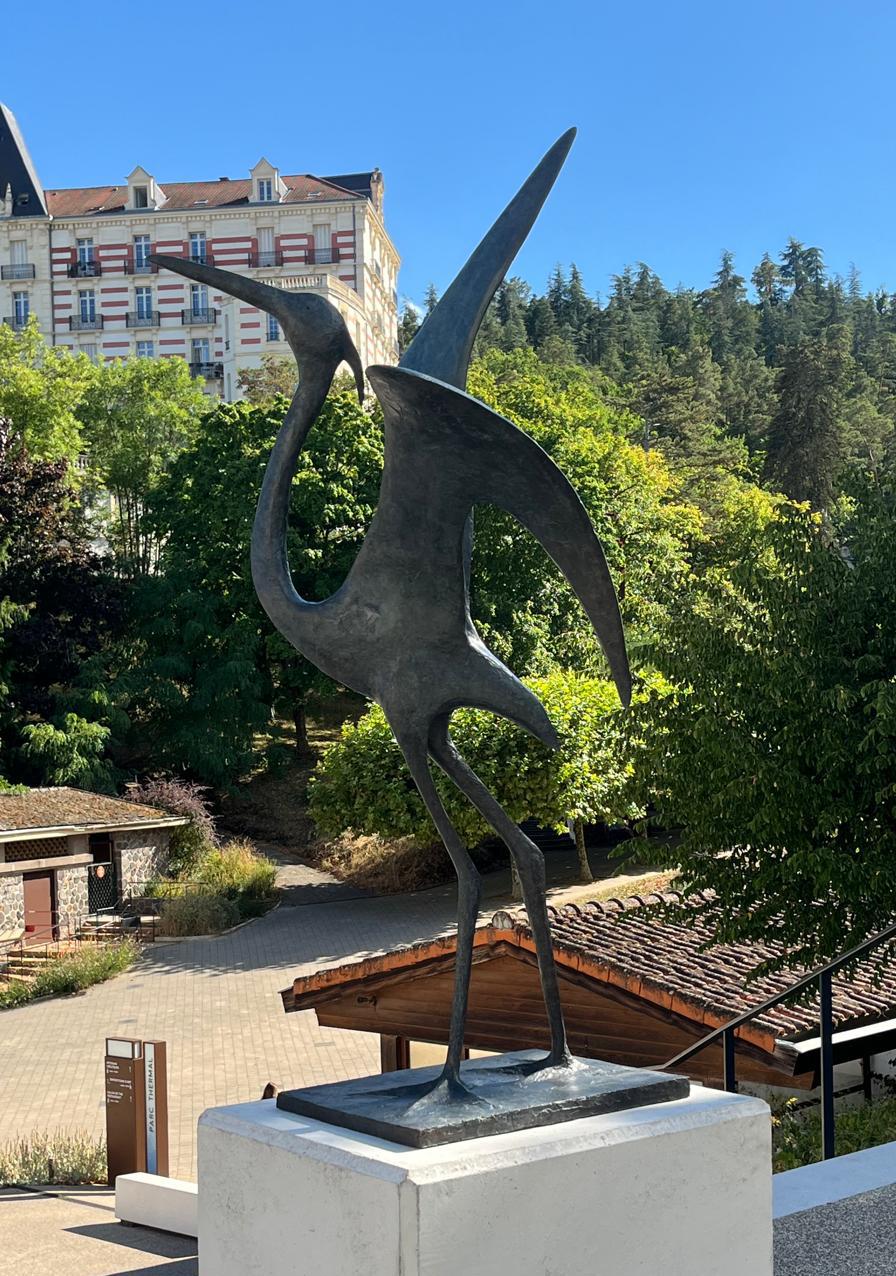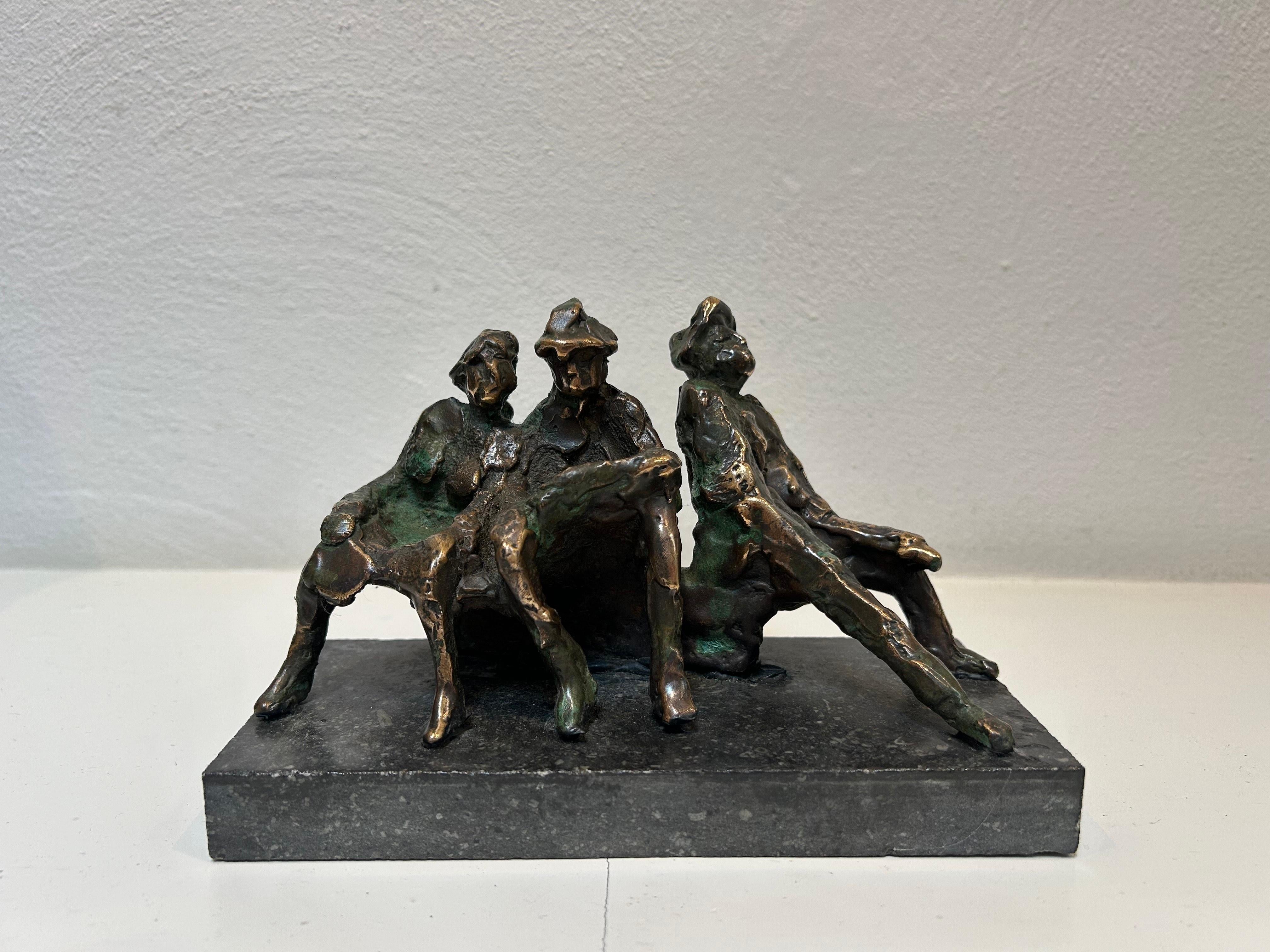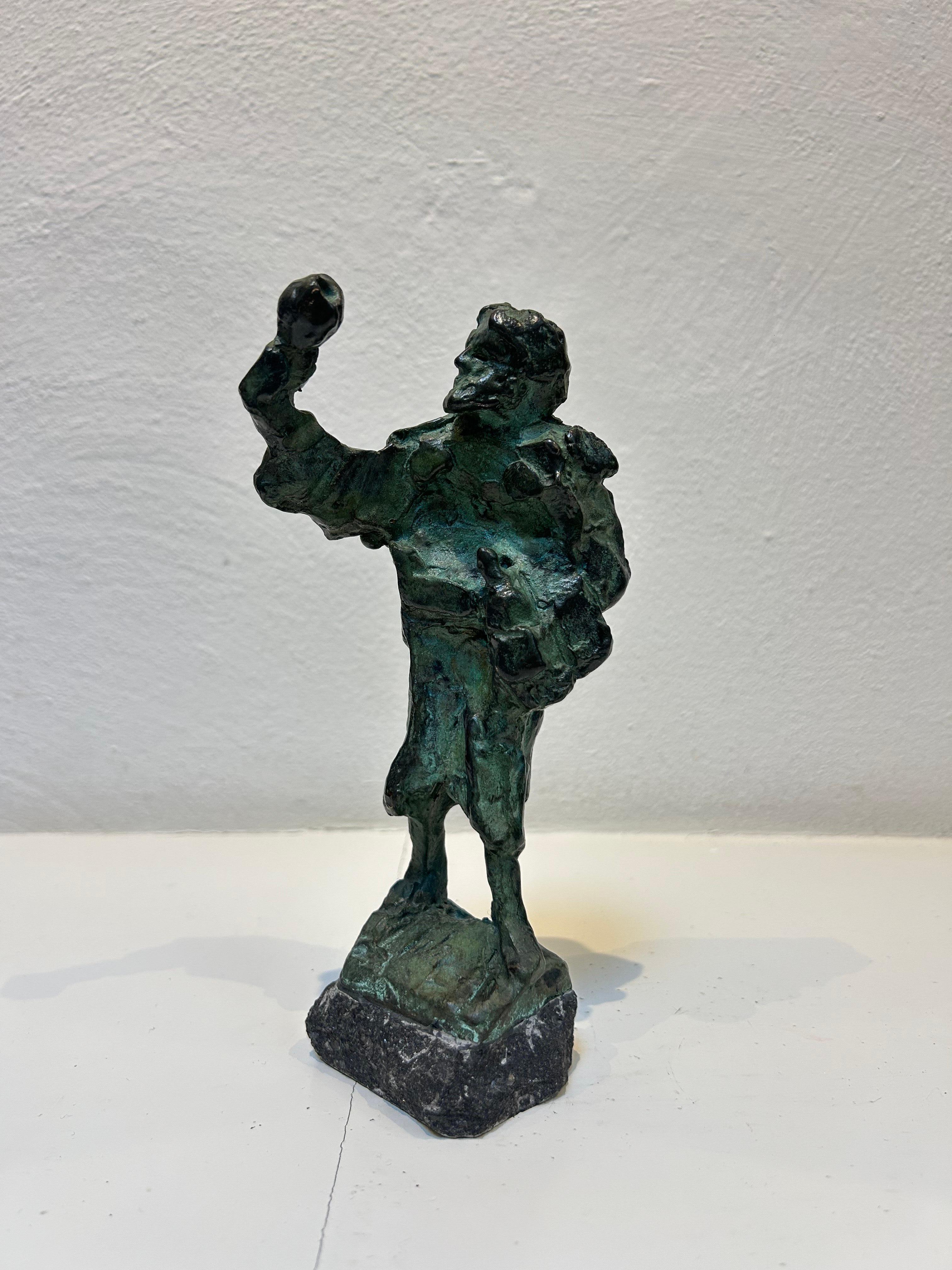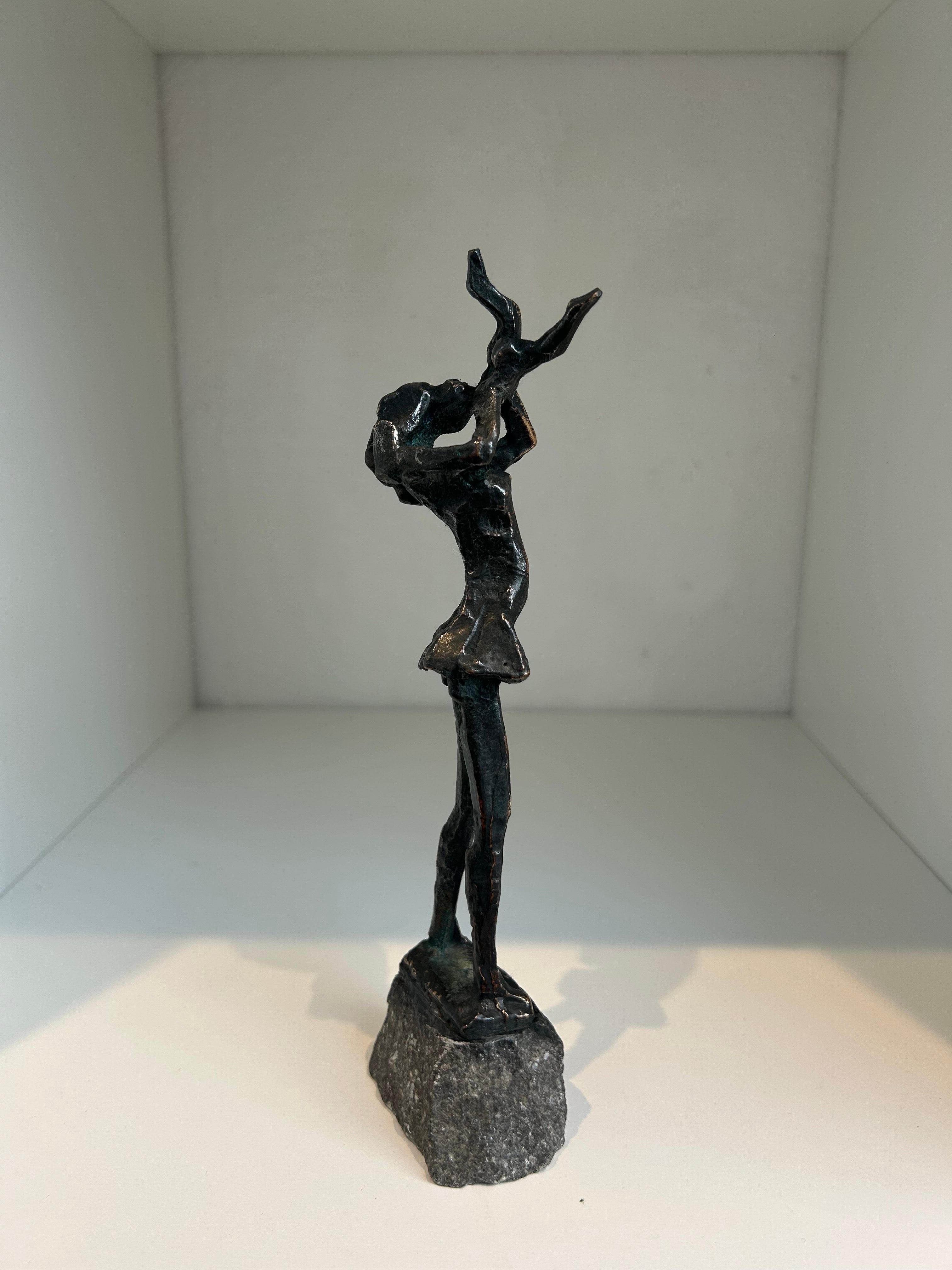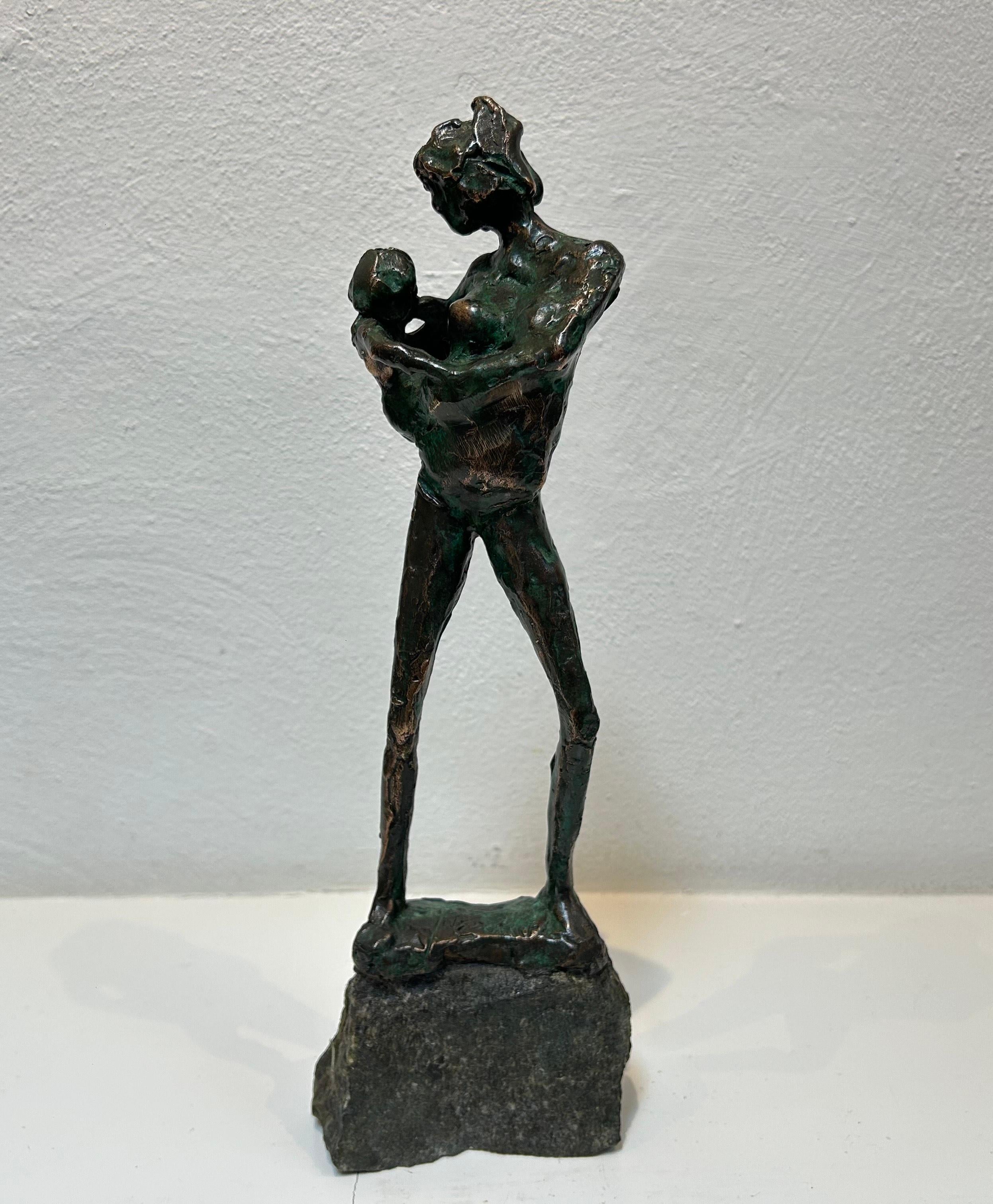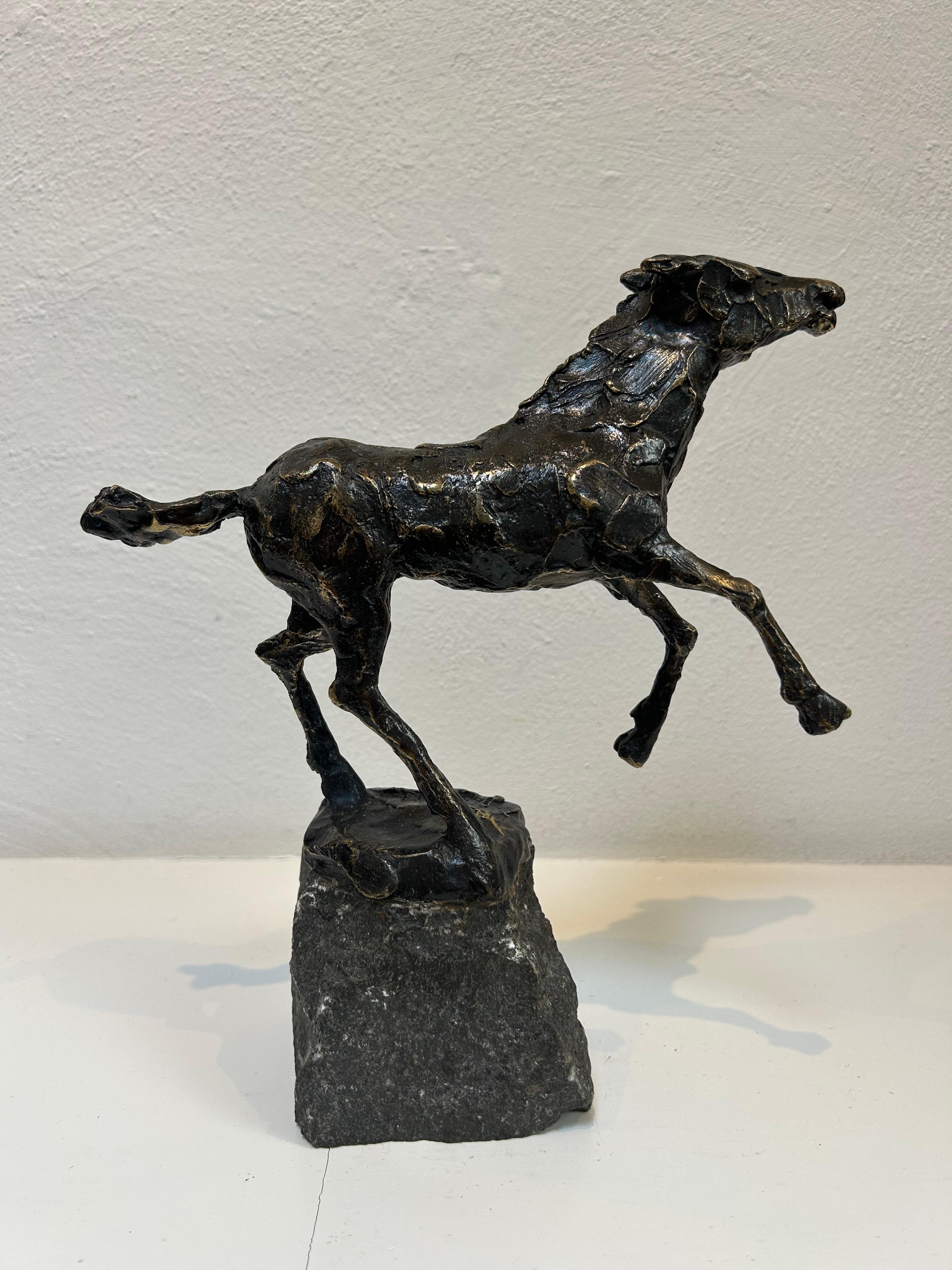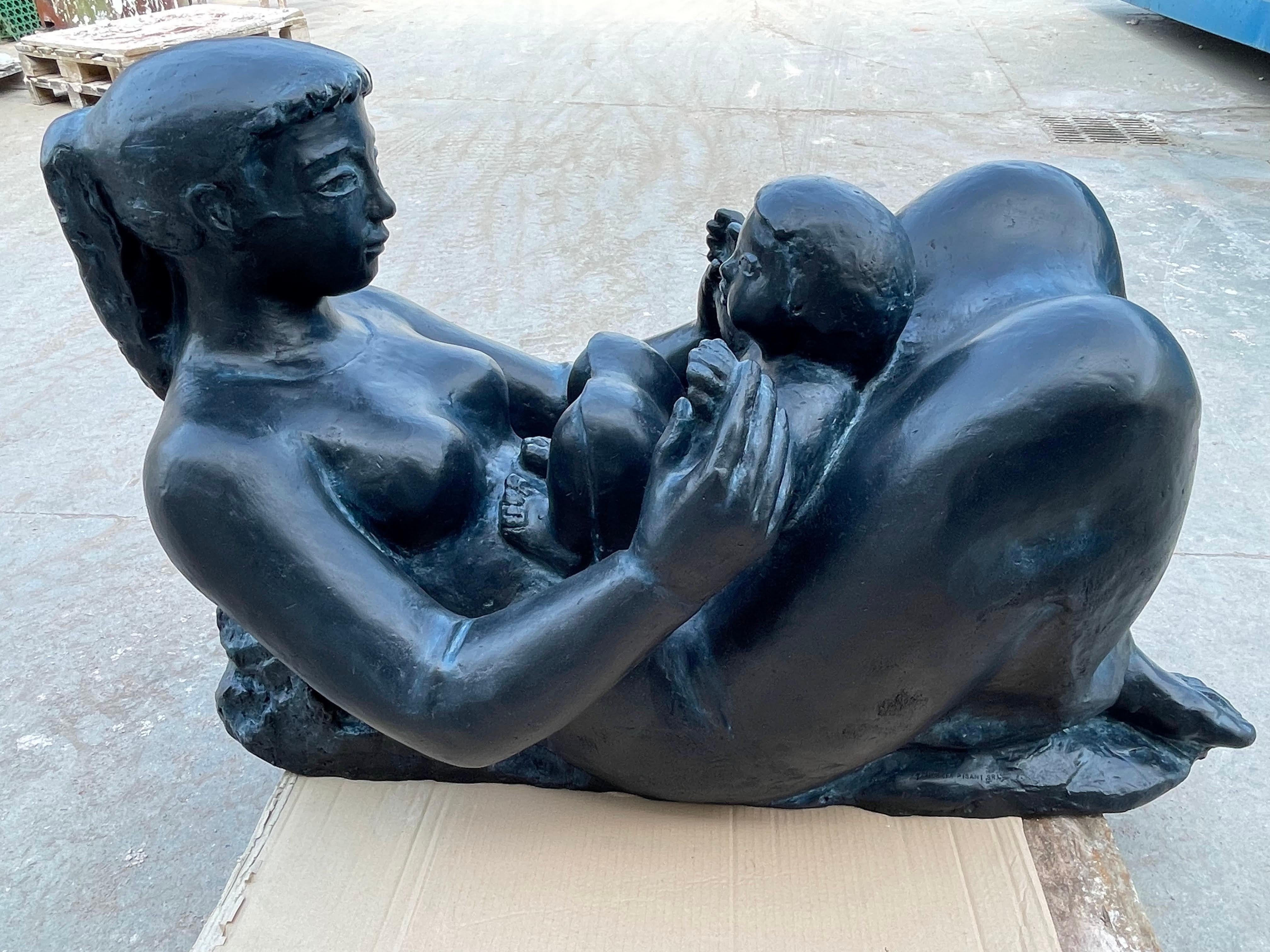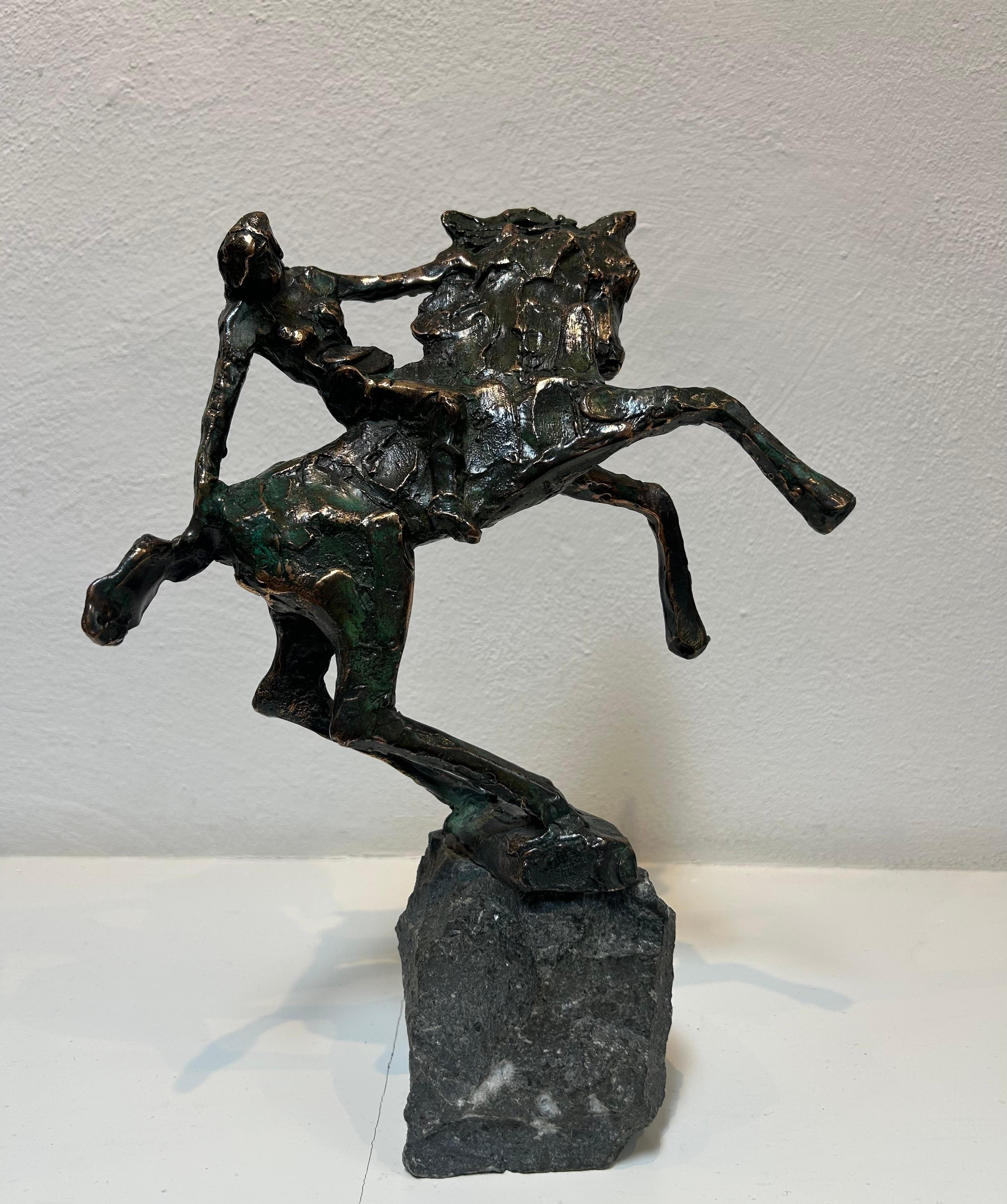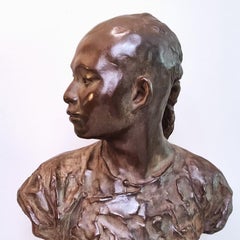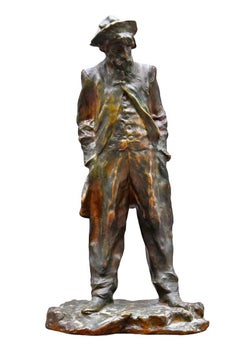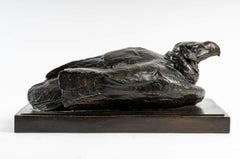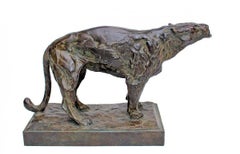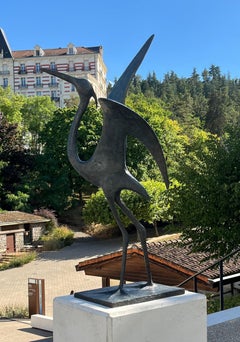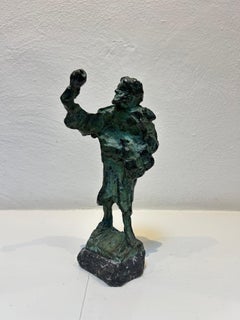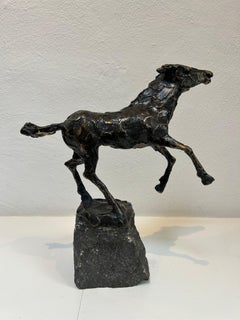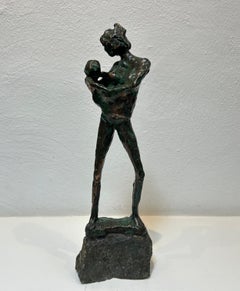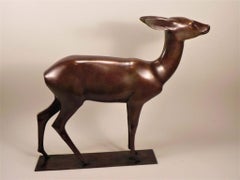
Wilhelm KRIEGER (A) (1877-1945) Deer. Ca 1920
View Similar Items
Want more images or videos?
Request additional images or videos from the seller
1 of 9
UnknownWilhelm KRIEGER (A) (1877-1945) Deer. Ca 19201920
1920
Price:$9,741.55
$11,211.55List Price
About the Item
- Creation Year:1920
- Dimensions:Height: 19.3 in (49 cm)Width: 21.26 in (54 cm)Depth: 3.55 in (9 cm)
- Medium:
- Period:
- Condition:
- Gallery Location:Gent, BE
- Reference Number:1stDibs: LU2140213861542
About the Seller
5.0
Vetted Professional Seller
Every seller passes strict standards for authenticity and reliability
Established in 2018
1stDibs seller since 2022
5 sales on 1stDibs
Authenticity Guarantee
In the unlikely event there’s an issue with an item’s authenticity, contact us within 1 year for a full refund. DetailsMoney-Back Guarantee
If your item is not as described, is damaged in transit, or does not arrive, contact us within 7 days for a full refund. Details24-Hour Cancellation
You have a 24-hour grace period in which to reconsider your purchase, with no questions asked.Vetted Professional Sellers
Our world-class sellers must adhere to strict standards for service and quality, maintaining the integrity of our listings.Price-Match Guarantee
If you find that a seller listed the same item for a lower price elsewhere, we’ll match it.Trusted Global Delivery
Our best-in-class carrier network provides specialized shipping options worldwide, including custom delivery.More From This Seller
View AllCarpeaux etnic bronze : Le chinois (1868). N1 (scetch) Observatory fountain
Located in Gent, VOV
JEAN-BAPTISTE CARPEAUX 1827 - 1875
Le Chinois N°1 (study for Asia) (1868). Model from the observatory fountain. Sketch
Height ca.60 cm
A similar copy auctioned on June 22, 2023, at ...
Category
1860s Realist Figurative Sculptures
Materials
Bronze
Vagabond by Édouard Fortiny (Born in 1862)
Located in Gent, VOV
Édouard Fortiny’s sculpture, "Vagabond", is a deeply emotive bronze piece that portrays a man from the margins of society. Standing at 28 cm, the sculpture captures the essence of a ...
Category
20th Century Figurative Sculptures
Materials
Bronze
Animal Bronze: Lying eagle by Alberic Collin (close friend of Rembrandt Bugatti)
Located in Gent, VOV
Numbered 1/8
Cast Fonderie Rocher
A fine cast with a vivid green patina of a bird of prey
Category
1930s Nude Sculptures
Materials
Bronze
Albéric CollinAnimal Bronze: Lying eagle by Alberic Collin (close friend of Rembrandt Bugatti), 1935
$17,328 Sale Price
25% Off
Roaring Lionness
Located in Gent, VOV
A fine quality, twentieth-century bronze model of a roaring lioness by Alberic Collin (Belgian 1886-1962). Prior to casting by the Valsuani foundry it w...
Category
1930s Art Deco Figurative Sculptures
Materials
Bronze
Bengal Tiger Licking Its Paw – Giacomo Merculiano
Located in Gent, VOV
In this remarkable bronze sculpture, Giacomo Merculiano invites us into a moment of profound stillness and primal grace. Bengal Tiger Licking Its Paw is not a theatrical display of s...
Category
20th Century Figurative Sculptures
Materials
Bronze
Danseuse de Flamenco – Bronze by Joanny Durand (1886–1955)
Located in Gent, VOV
This captivating bronze sculpture by French artist Joanny Durand (1886–1955) depicts a flamenco dancer in mid-motion, her body swirling with grace and energy. The composition capture...
Category
20th Century Art Nouveau Figurative Sculptures
Materials
Bronze
You May Also Like
Heron (Large) by Pierre Yermia - Animal sculpture, bronze, bird, outdoor, nature
By Pierre Yermia
Located in Paris, FR
Heron (Large) is a bronze sculpture by French contemporary artist Pierre Yermia, dimensions are 180 × 100 × 86 cm (70.9 × 39.4 × 33.9 in).
The sculpture is signed and numbered, it i...
Category
2010s Contemporary Figurative Sculptures
Materials
Bronze
Vinoloog Vinologist Wine Tasting Bronze Figurative Men Sculpture Contemporary
Located in Utrecht, NL
Vinoloog Vinologist Wine Tasting Bronze Figurative Men Sculpture Contemporary
Jits Bakker was a versatile Dutch artist: sculptor, painter, watercolorist, drawer, glass artist, silv...
Category
21st Century and Contemporary Contemporary Figurative Sculptures
Materials
Stone, Bronze
Paard in Gallop Horse in Gallop Bronze Animal Sculpture Figurative New In Stock
Located in Utrecht, NL
Paard in Gallop Horse in Gallop Bronze Animal Sculpture Figurative New In Stock
Jits Bakker was a versatile Dutch artist: sculptor, painter, watercolor...
Category
21st Century and Contemporary Contemporary Figurative Sculptures
Materials
Stone, Bronze
Heup-moeder Hip-Mother with Child Nude Figurative Woman Sculpture Contemporary
Located in Utrecht, NL
Heup-moeder Hip-Mother with Child Nude Figurative Woman Sculpture Contemporary
Jits Bakker was a versatile Dutch artist: sculptor, painter, watercolorist, drawer, glass artist, silv...
Category
21st Century and Contemporary Contemporary Figurative Sculptures
Materials
Stone, Bronze
Herinnering 2 Memory 2 Bronze People on Bench Figurative Sculpture Contemporary
Located in Utrecht, NL
Herinnering 2 Memory 2 Bronze People on Bench Figurative Sculpture Contemporary
Jits Bakker was a versatile Dutch artist: sculptor, painter, watercolorist, drawer, glass artist, sil...
Category
21st Century and Contemporary Contemporary Figurative Sculptures
Materials
Stone, Bronze
Happiness Small Bronze Mother Body Child Figurative Nude Sculpture Contemporary
Located in Utrecht, NL
Happiness Small Bronze Mother Body Child Figurative Nude Sculpture Contemporary
Jits Bakker was a versatile Dutch artist: sculptor, painter, watercolorist, drawer, glass artist, sil...
Category
21st Century and Contemporary Contemporary Figurative Sculptures
Materials
Stone, Bronze
Recently Viewed
View AllMore Ways To Browse
Golden Deer
Golden Rooster
Golden Monkey
Bronze Falcon
Condor Vintage
Bronze Falcon Sculpture
Carved Falcon
Dresden Porcelain Birds
Stoneware Cat
German Porcelain Dogs
Rosenthal Dresden
Sea Monkeys Vintage
Rosenthal Cat
Hutschenreuther Bird
Hutschenreuther Porcelain Birds
Eagle Carved Self
Rosenthal Deer
Porcelain Dogs And Cats
